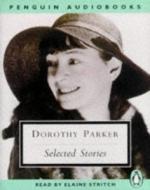|
This section contains 379 words (approx. 1 page at 400 words per page) |

|
1920s: Forty-seven percent of American college students are female, signaling gender parity in higher education for the first time. Eight million American women are employed, a far higher number than ever before. Of these, 1.9 million are married. Architects design middle-class houses for families who use modern appliances instead of servants. Thirty percent of bread is baked at home, down from 70
at the turn of the century.1990s: Most working- and middle-class families need two incomes to meet their costs, and the majority of women are employed. Women are prominent in most professions. In 1990, however, women make only 67 cents for every dollar earned by a man in an equivalent position, up from 59 cents in the 1970s. Studies show that even women who work full-time spend significantly more time on housework and childcare than do their husbands.
1920s: Sigmund Freud's psychological theories—drawing heavily upon...
|
This section contains 379 words (approx. 1 page at 400 words per page) |

|




